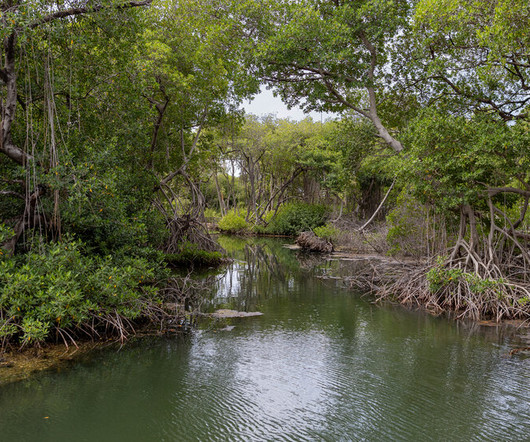Shell launches commercial operation of Quest carbon capture and storage in Alberta oil sands
Green Car Congress
NOVEMBER 8, 2015
Quest was made possible through strong collaboration between the public and private sectors aimed at advancing CCS globally. Using activated amine (ADIP-X), Quest will capture one-third of the CO 2 emissions from Shell’s Scotford Upgrader, which turns oil sands bitumen into synthetic crude that can be refined into fuel and other products.




























Let's personalize your content